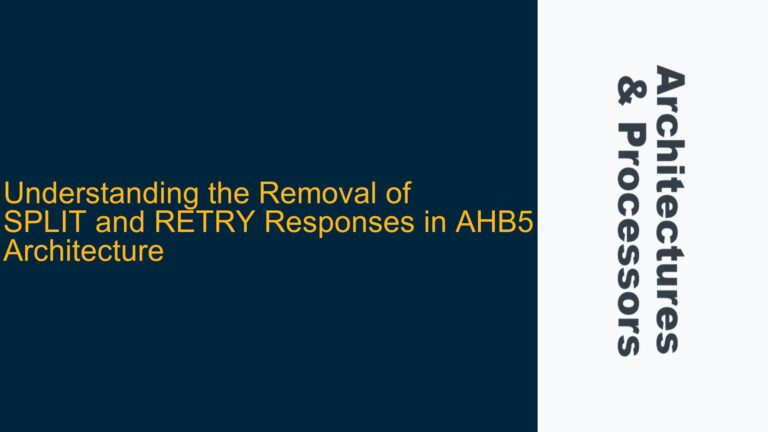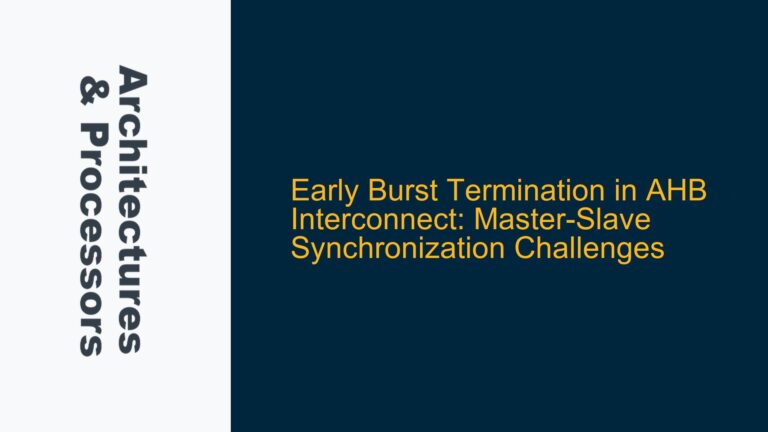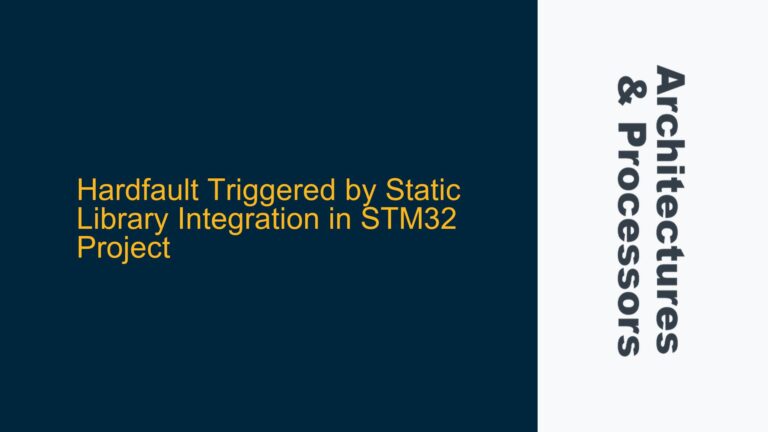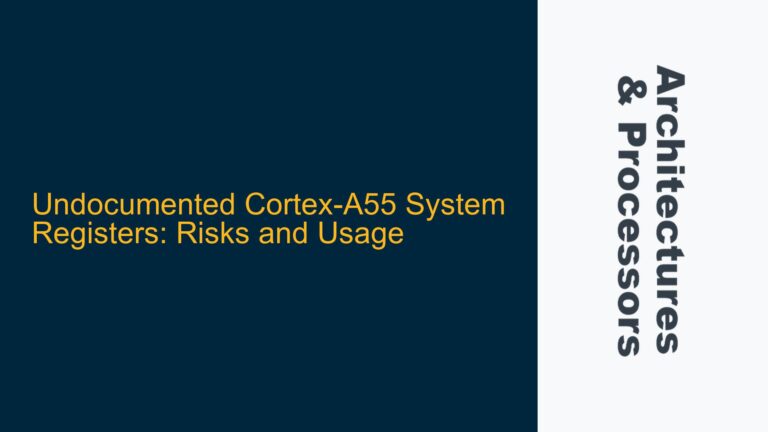ARM Cortex-M3 DesignStart FPGA-Xilinx Edition Interface and IP Configuration Errors
The ARM Cortex-M3 DesignStart FPGA-Xilinx Edition is a powerful tool for prototyping and developing embedded systems using ARM Cortex-M3 processors on Xilinx FPGAs. However, when attempting to verify the design using Vivado 2019.1, several critical errors related to interface and IP configuration arise. These errors prevent the successful loading and propagation of the block design (BD) file, leading to a failure in the design verification process. The errors primarily revolve around the incorrect configuration of the GPIO, reset, and QSPI interfaces, as well as issues with the IP customization and propagation.
The errors reported include the inability to find the GPIO2 interface in the axi_gpio_0 cell, out-of-range values for the reset and QSPI board interfaces in the proc_sys_reset_base and axi_quad_spi_0 cells, and failures in restoring the IP customization to their previous valid configurations. These issues are indicative of a mismatch between the expected and actual configurations of the IP blocks and their associated interfaces. Understanding the root causes of these errors and implementing the appropriate fixes is crucial for successfully deploying the ARM Cortex-M3 DesignStart FPGA-Xilinx Edition.
GPIO Interface Mismatch and Reset/QSPI Configuration Errors
The first error, [BD 41-2161] Unable to find interface <GPIO2> in cell <axi_gpio_0>, suggests that the GPIO2 interface is either missing or incorrectly defined in the axi_gpio_0 IP block. This could be due to an incomplete or incorrect configuration of the axi_gpio_0 IP block, where the GPIO2 interface is not properly instantiated or connected within the block design. The axi_gpio_0 IP block is responsible for managing general-purpose input/output (GPIO) interfaces, and any misconfiguration can lead to such errors.
The second set of errors, [IP_Flow 19-3461] Value 'reset' is out of the range for parameter 'RESET BOARD INTERFACE(RESET_BOARD_INTERFACE)' for BD Cell 'proc_sys_reset_base' and [IP_Flow 19-3461] Value 'qspi_flash' is out of the range for parameter 'QSPI Board Interface(QSPI_BOARD_INTERFACE)' for BD Cell 'axi_quad_spi_0', indicate that the values assigned to the reset and QSPI board interfaces are not within the valid range of parameters expected by the proc_sys_reset_base and axi_quad_spi_0 IP blocks. The proc_sys_reset_base IP block is responsible for managing the reset signals in the system, while the axi_quad_spi_0 IP block handles the QSPI flash interface. The out-of-range values suggest that the configuration of these IP blocks does not match the expected parameters, leading to errors during the IP propagation process.
The subsequent errors, [IP_Flow 19-3439] Failed to restore IP 'axi_quad_spi_0' customization to its previous valid configuration and [IP_Flow 19-3439] Failed to restore IP 'Clocks_and_Resets/proc_sys_reset_base' customization to its previous valid configuration, further confirm that the IP blocks could not be restored to their previous valid configurations due to the aforementioned issues. This indicates that the IP customization process is failing, and the design cannot proceed without resolving these configuration errors.
Correcting GPIO, Reset, and QSPI Interface Configurations
To resolve the GPIO interface mismatch, the first step is to verify the configuration of the axi_gpio_0 IP block within the Vivado block design. Ensure that the GPIO2 interface is properly instantiated and connected to the appropriate signals in the design. This may involve revisiting the IP customization settings for the axi_gpio_0 block and ensuring that all required interfaces are correctly defined. If the GPIO2 interface is not required, it should be removed from the design to avoid any conflicts.
For the reset and QSPI configuration errors, the values assigned to the RESET_BOARD_INTERFACE and QSPI_BOARD_INTERFACE parameters must be corrected to fall within the valid range of values expected by the proc_sys_reset_base and axi_quad_spi_0 IP blocks. This can be achieved by reviewing the IP customization settings for these blocks and ensuring that the parameters are set to valid values. The valid values for these parameters are typically defined in the IP documentation, and it is essential to refer to this documentation to ensure correct configuration.
In addition to correcting the parameter values, it is also important to ensure that the IP blocks are properly connected within the block design. This includes verifying that the reset and QSPI signals are correctly routed to the appropriate pins and interfaces. Any discrepancies in the signal routing should be corrected to ensure that the IP blocks can function as intended.
Once the configuration errors have been addressed, the next step is to regenerate the IP customization files and re-run the IP propagation process. This can be done by selecting the "Regenerate IP" option in Vivado and then re-running the block design validation process. If the configuration errors have been resolved, the IP propagation process should complete successfully, and the design should be ready for implementation.
In cases where the IP customization files cannot be restored to their previous valid configurations, it may be necessary to recreate the IP blocks from scratch. This involves deleting the existing IP blocks from the design, re-adding them, and reconfiguring them with the correct parameter values. While this approach may be time-consuming, it ensures that the IP blocks are correctly configured and can help avoid any lingering issues from previous configurations.
Finally, it is important to thoroughly test the design after resolving the configuration errors. This includes running simulation tests to verify the functionality of the GPIO, reset, and QSPI interfaces, as well as performing hardware tests to ensure that the design operates as expected on the target FPGA. Any issues identified during testing should be addressed promptly to ensure the successful deployment of the ARM Cortex-M3 DesignStart FPGA-Xilinx Edition.
By following these troubleshooting steps, the GPIO interface mismatch and reset/QSPI configuration errors can be resolved, allowing the ARM Cortex-M3 DesignStart FPGA-Xilinx Edition to be successfully verified and implemented. Proper attention to IP configuration and interface management is crucial for ensuring the reliability and performance of embedded systems based on ARM Cortex-M3 processors.






